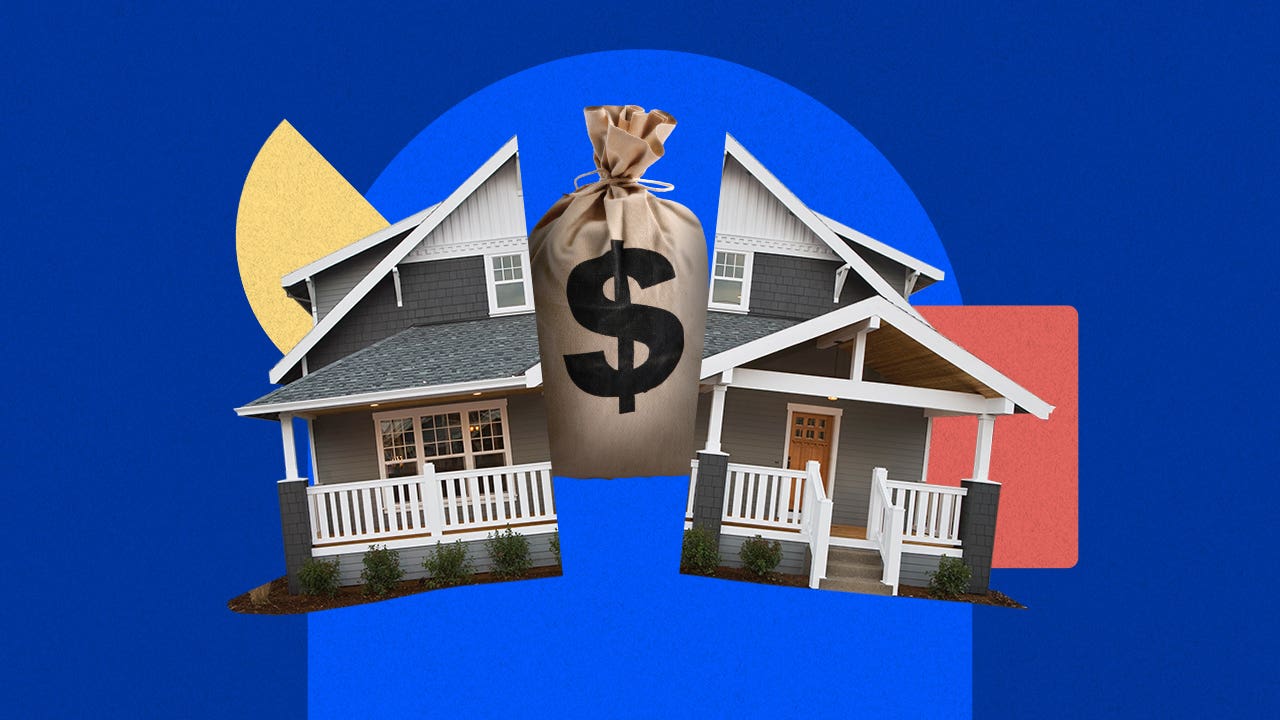)
A Guide to Home Loans and Mortgages
Financing Your Future: A Guide to Home Loans and Mortgages Buying a home is one of the most significant financial decisions you'll ever make. For many, it’s a dream come true, but it often requires a substantial investment and, most importantly, a solid understanding of home loans and mortgages. In this guide, we’ll break down the essential components of financing your future through mortgages. Understanding Mortgages A mortgage is a loan specifically used to purchase real estate. When you take out a mortgage, you borrow money from a lender (such as a bank or credit union) to buy your home. In return, you agree to pay back that money over time, typically in monthly installments that include both principal and interest. Mortgages are secured loans, meaning the property itself serves as collateral. If you fail to make payments, the lender has the right to foreclose on your home. This makes understanding the terms and conditions of your mortgage crucial before you sign on the dotted line. Types of Mortgages There are several types of mortgages available to homebuyers, each with its own features: 1. Fixed-Rate Mortgages: This is the most common type of mortgage. With a fixed-rate mortgage, your interest rate remains constant throughout the life of the loan—typically 15 or 30 years. This predictability can be comforting for homeowners who want stable monthly payments. 2. Adjustable-Rate Mortgages (ARMs): ARMs have interest rates that may change periodically based on market conditions. While they often start with lower rates than fixed-rate mortgages, they can become more expensive over time if interest rates rise. 3. FHA Loans: Backed by the Federal Housing Administration, these loans are designed for low-to-moderate-income borrowers who may have lower credit scores. They require a lower down payment than conventional loans. 4. VA Loans: Available to veterans and active-duty service members, VA loans offer favorable terms such as no down payment and no private mortgage insurance (PMI) requirement. 5. Jumbo Loans: These are non-conforming loans that exceed the limits set by Fannie Mae and Freddie Mac. They typically require higher credit scores and larger down payments. The Mortgage Process Understanding how to navigate the mortgage process can save you time and stress: 1. Pre-Approval: Before you start house hunting, consider getting pre-approved for a mortgage. This involves submitting financial documents to a lender who will assess your creditworthiness and provide an estimate of how much they’re willing to lend you. 2. Finding a Lender: Research various lenders to find one that offers competitive rates and favorable terms for your situation. Don’t hesitate to ask questions about their fees and the types of loans they offer. 3. Application: Once you've found a suitable lender, complete the mortgage application process by providing necessary documentation such as income verification, tax returns, and details about your debts. 4. Underwriting: After your application is submitted, it goes into underwriting, where the lender assesses risk factors associated with lending you money based on your financial history. 5. Closing: If approved, you'll move on to closing, where you'll sign all final paperwork and officially take ownership of your new home. Key Factors Influencing Your Mortgage Rate Several factors determine your mortgage interest rate: - Credit Score: A higher credit score usually translates into lower interest rates. - Down Payment: The amount you put down affects both your loan amount and whether you'll need PMI. - Loan Term: Shorter-term loans generally have lower rates than longer ones. - Market Conditions: Economic factors like inflation can influence overall interest rates in the market. Tips for Managing Your Mortgage Once you've secured your mortgage, managing it effectively is key: 1. Make Extra Payments: Paying extra toward your principal can significantly reduce interest costs over time. 2. Refinance When Appropriate: If interest rates drop or your credit improves significantly, refinancing could save you money. 3. Budget Wisely: Ensure that your monthly payments fit comfortably within your budget to avoid financial strain. 4. Stay Informed: Keep track of market trends; being informed can help you make better decisions regarding refinancing or selling in the future. Conclusion Navigating home loans and mortgages may seem daunting at first glance; however, understanding the types available and how they work can empower you to make informed choices about financing your future home purchase. Whether you're looking for stability with a fixed-rate mortgage or exploring options like FHA or VA loans, knowledge is key to securing a loan that aligns with your financial goals and lifestyle aspirations. As you embark on this journey toward homeownership, remember that preparation is vital—take the time to research thoroughly and consult professionals when necessary so that financing your future becomes an exciting reality rather than an overwhelming task!
Leave a reply

